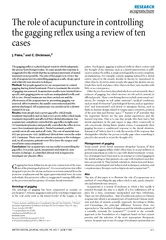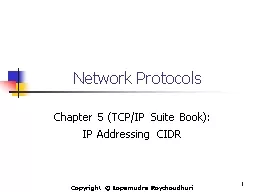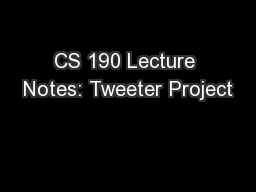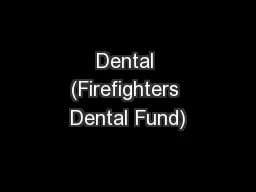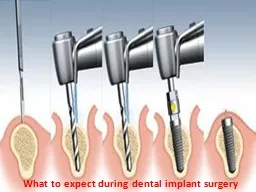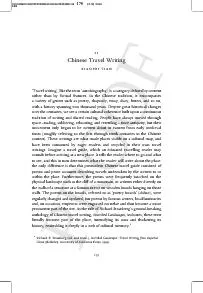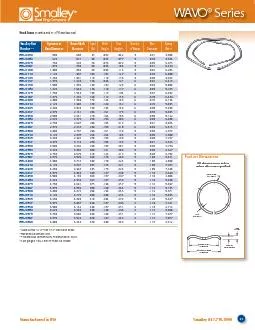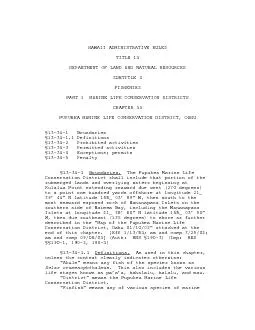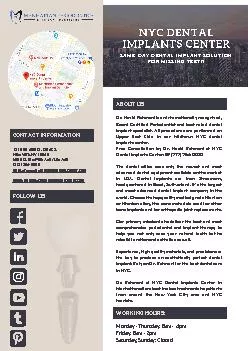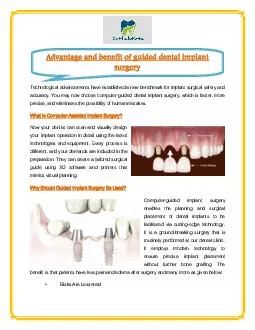PDF-BRITISH DENTAL JOURNAL VOLUME 190. NO.11 JUNE 9 2001
Author : test | Published Date : 2015-07-26
palate Psychogenic gagging is induced without direct contact andthe thought of the stimulus such as a dental intervention is sufficient to induce the reflex A single
Presentation Embed Code
Download Presentation
Download Presentation The PPT/PDF document "BRITISH DENTAL JOURNAL VOLUME 190. NO.11..." is the property of its rightful owner. Permission is granted to download and print the materials on this website for personal, non-commercial use only, and to display it on your personal computer provided you do not modify the materials and that you retain all copyright notices contained in the materials. By downloading content from our website, you accept the terms of this agreement.
BRITISH DENTAL JOURNAL VOLUME 190. NO.11 JUNE 9 2001: Transcript
Download Rules Of Document
"BRITISH DENTAL JOURNAL VOLUME 190. NO.11 JUNE 9 2001"The content belongs to its owner. You may download and print it for personal use, without modification, and keep all copyright notices. By downloading, you agree to these terms.
Related Documents

